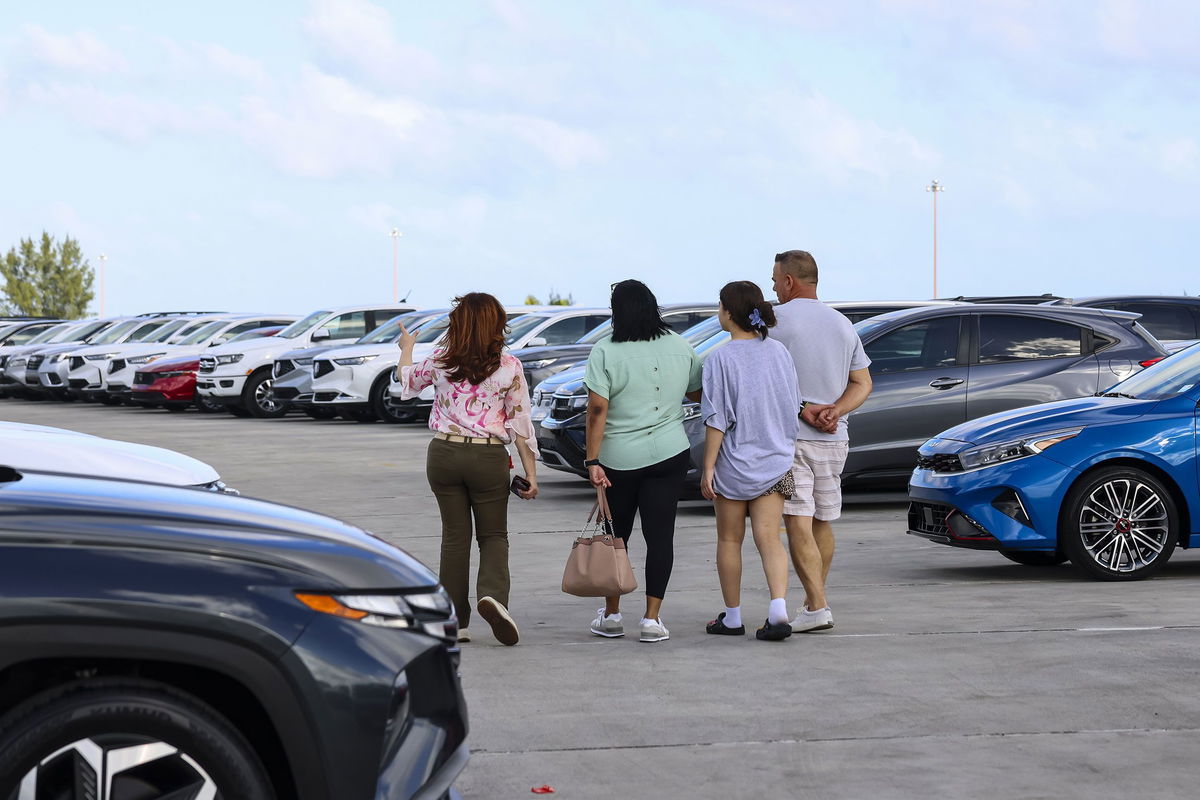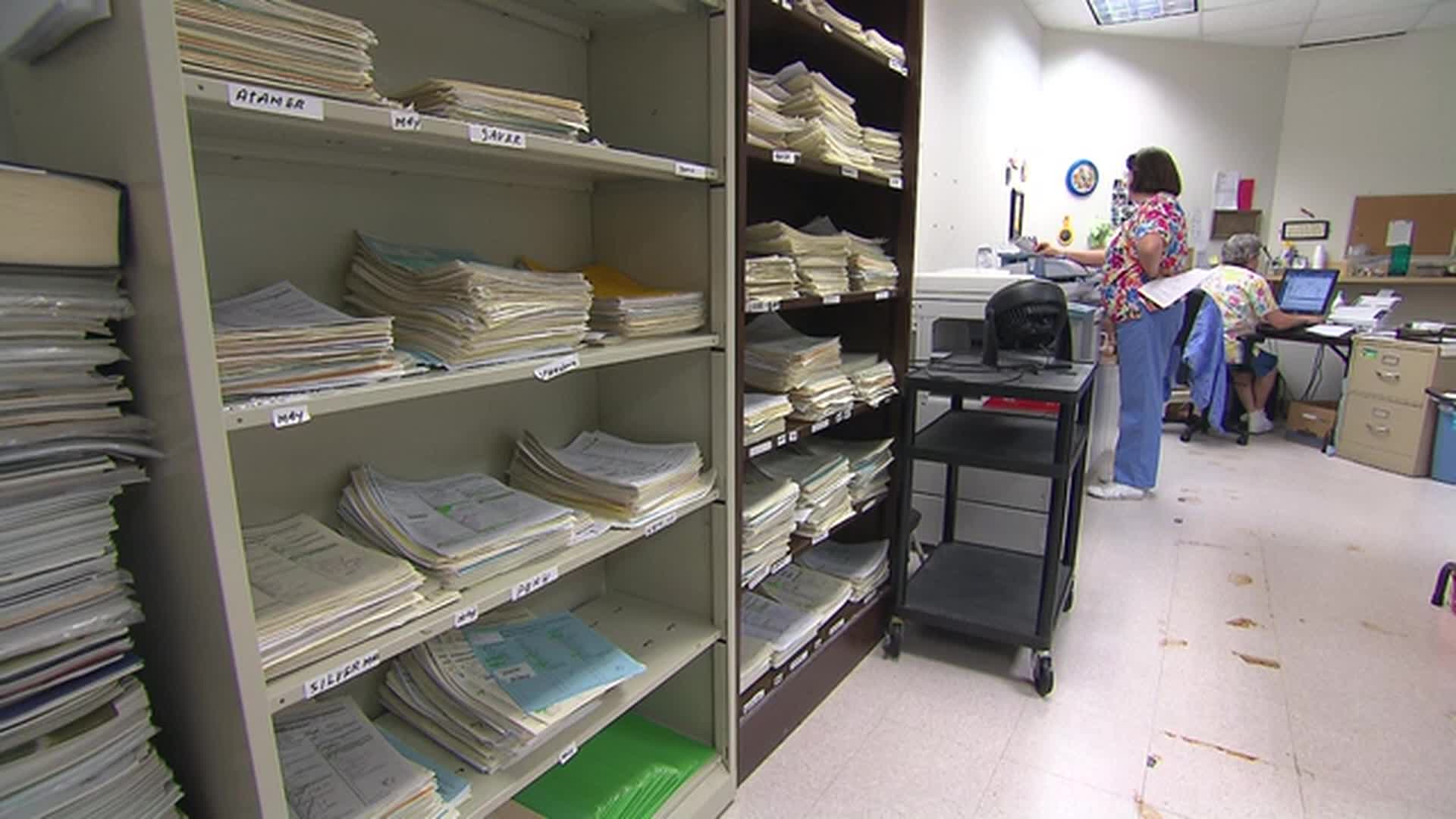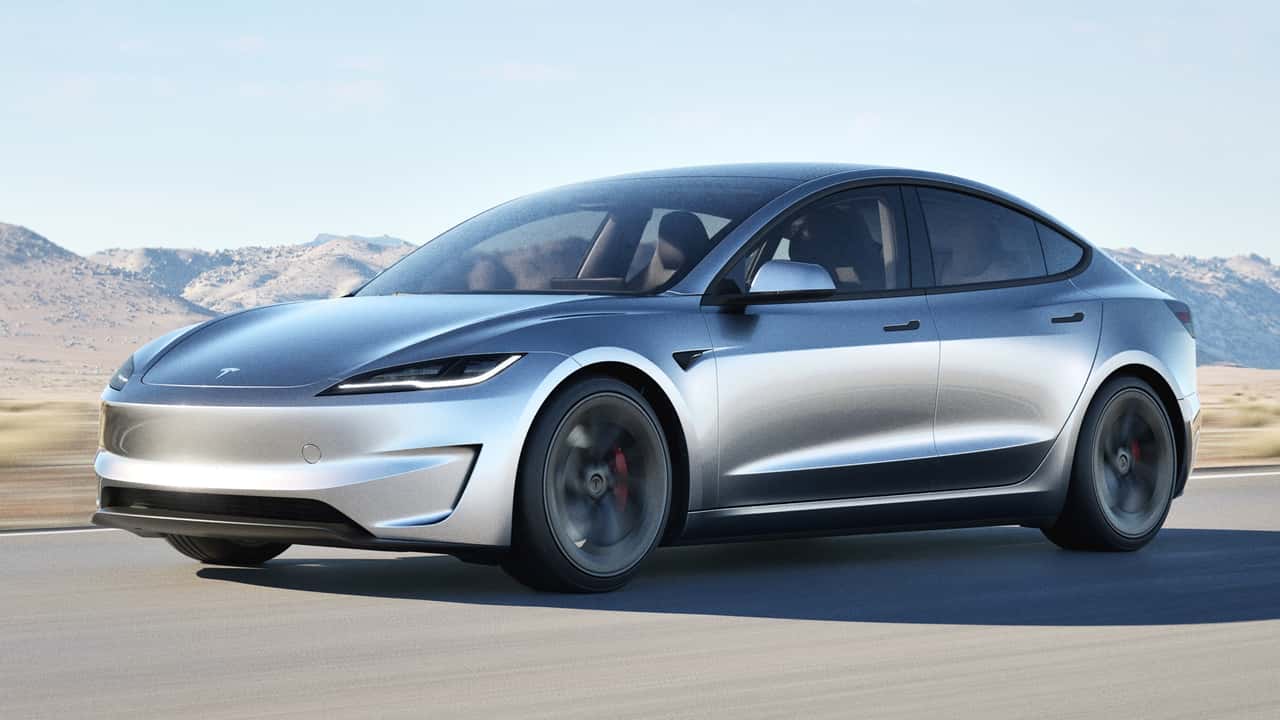The automotive industry has been navigating an unpredictable landscape over the past few years, marked by supply chain disruptions, fluctuating material costs, and shifts in consumer demand. As manufacturers prepare to unveil the 2026 model lineup, a critical question lingers among buyers and analysts alike: Will this be the year significant price hikes finally take hold?
For much of the last decade, new vehicle prices have climbed steadily, driven by factors such as technological innovation, regulatory requirements, and heightened consumer expectations for safety and comfort. However, recent inflationary pressures and global economic uncertainties have added new layers of complexity to pricing strategies. While automakers have been cautious about passing the full burden of rising production costs onto consumers, the release of the next model year could signal a turning point.
The underlying pressures on vehicle pricing
Several forces have been building behind the scenes, creating a perfect storm for potential cost increases. First, raw materials essential for modern vehicles—such as lithium for electric batteries, steel for chassis components, and semiconductors for advanced electronics—remain in high demand. Although some supply chain bottlenecks have eased since the height of the pandemic, the balance between supply and demand remains fragile.
Additionally, regulatory frameworks around the world are tightening emissions and fuel efficiency standards. To meet these requirements, automakers are investing heavily in electrification, hybrid systems, and advanced powertrains. While these innovations support sustainability goals and appeal to eco-conscious consumers, they also add substantial costs to vehicle development.
The increasing impact of electric cars
Another key driver of pricing dynamics is the accelerating shift toward electric vehicles (EVs). Automakers are racing to expand their EV portfolios, a move that requires not only new technologies but also entirely new manufacturing processes and infrastructure. Building battery plants, retooling assembly lines, and securing mineral resources all come with massive upfront expenses.
Although some manufacturers have absorbed part of these costs in the interest of market penetration, there is increasing pressure to achieve profitability on EV offerings. This pressure could translate into higher sticker prices, especially as federal and state incentives for EV purchases become less generous in the coming years.
Consumer preferences and premium features
Consumer expectations have evolved dramatically, with many buyers seeking advanced technology, connectivity, and luxury-like amenities even in entry-level models. Features such as large touchscreen displays, driver-assistance systems, and premium sound systems are no longer confined to high-end trims—they are becoming standard across much of the market.
While these enhancements enhance comfort and safety, they also contribute to higher production costs. Automakers face the delicate challenge of balancing these expectations with affordability, a task that becomes increasingly complex in a competitive market.
The economic backdrop and interest rates
Macroeconomic conditions further complicate the outlook. High interest rates and persistent inflation have already placed strain on household budgets, making big-ticket purchases like cars more difficult for many consumers. Lenders have tightened credit standards, and average loan terms have extended to offset rising monthly payments.
If automakers push significant price hikes onto the 2026 lineup, it could further dampen demand, particularly in price-sensitive segments. As a result, some brands may adopt a more strategic approach, spreading increases gradually over multiple model years rather than implementing sharp adjustments all at once.
What consumers can expect
For purchasers desiring some relief, the fact remains that slight price rises are nearly unavoidable. Nonetheless, the magnitude of these increments will probably differ based on the brand, segment, and type of powertrain. Standard sedans and compact SUVs may encounter relatively minor changes, while models with high demand, luxury automobiles, and advanced electric vehicles could undergo more pronounced hikes.
To mitigate the impact, some manufacturers are introducing new leasing options, subscription models, and certified pre-owned programs to maintain accessibility. Additionally, as technology continues to advance, the used-car market is evolving, offering budget-conscious buyers a broader range of feature-rich vehicles at lower price points.
While no official announcements confirm sweeping price jumps for 2026 models, the convergence of rising production costs, evolving regulations, and consumer demand for advanced technology makes upward adjustments highly likely. For prospective buyers, planning ahead—whether by securing financing early, considering existing inventory, or exploring alternative ownership models—may be key to navigating the next wave of automotive pricing trends.
If automakers manage these changes carefully, the market could strike a balance between innovation and affordability. But for now, industry watchers and consumers alike are keeping a close eye on what 2026 has in store for vehicle pricing.




